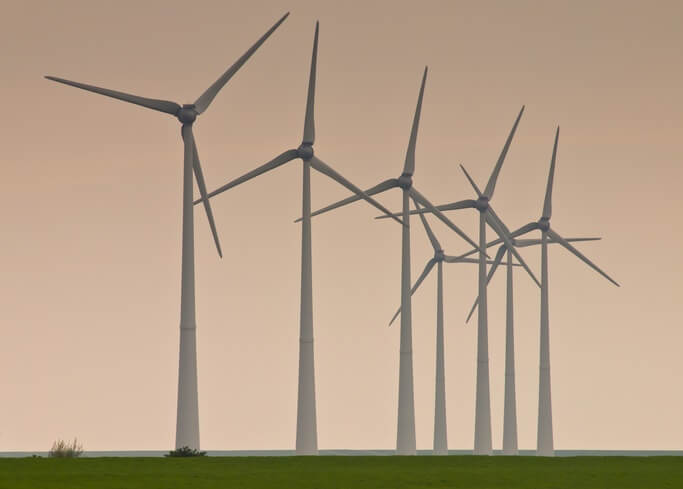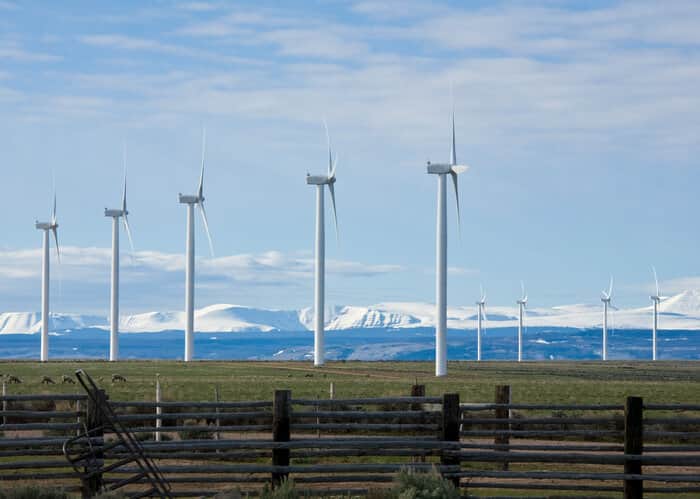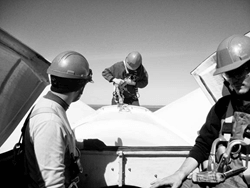As the wind turbine manufacturing industry has matured, blades have become a strong area of strategic product innovation and sourcing shifts, according to a report from Navigant Research.
The report, Supply Chain Assessment 2014 – Wind Energy, details why turbine makers are making major capital-intensive investment changes in how blades are designed, what materials are used, the manufacturing processes behind them and what companies they source from.
The supply chain plays an outsized role in this process through improvements and innovations in components and manufacturing processes. During the past two years, more flexible supply chain sourcing strategies have resulted in cost reductions, enabling greater geographic market access while reducing risk and ensuring profitability for wind turbine vendors and their partners.
Continuing overcapacity in most areas of the supply chain is providing more choice, flexibility and cost control, according to Navigant. This allows wind turbine original equipment manufacturers to more easily adjust what components they produce in-house, what is outsourced, and when a blend of both is advantageous for cost, technological or geographic reasons.
Navigant says these shifts are especially notable in the offshore wind market. For example, innovation in design and materials science has led to the development of high-tech blades over 80 meters long. The resulting wind turbine upscaling is leading to multi-megawatt offshore wind turbines.
‘This is a time of high creative ferment in the wind power industry,’ says Jesse Broehl, senior research analyst with Navigant Research. ‘Long-dominant blade designs and manufacturing processes are evolving, with repercussions all along the value chain – from the materials (such as resins, fiberglass and carbon fiber) to the blade suppliers and the turbine manufacturers themselves.’



